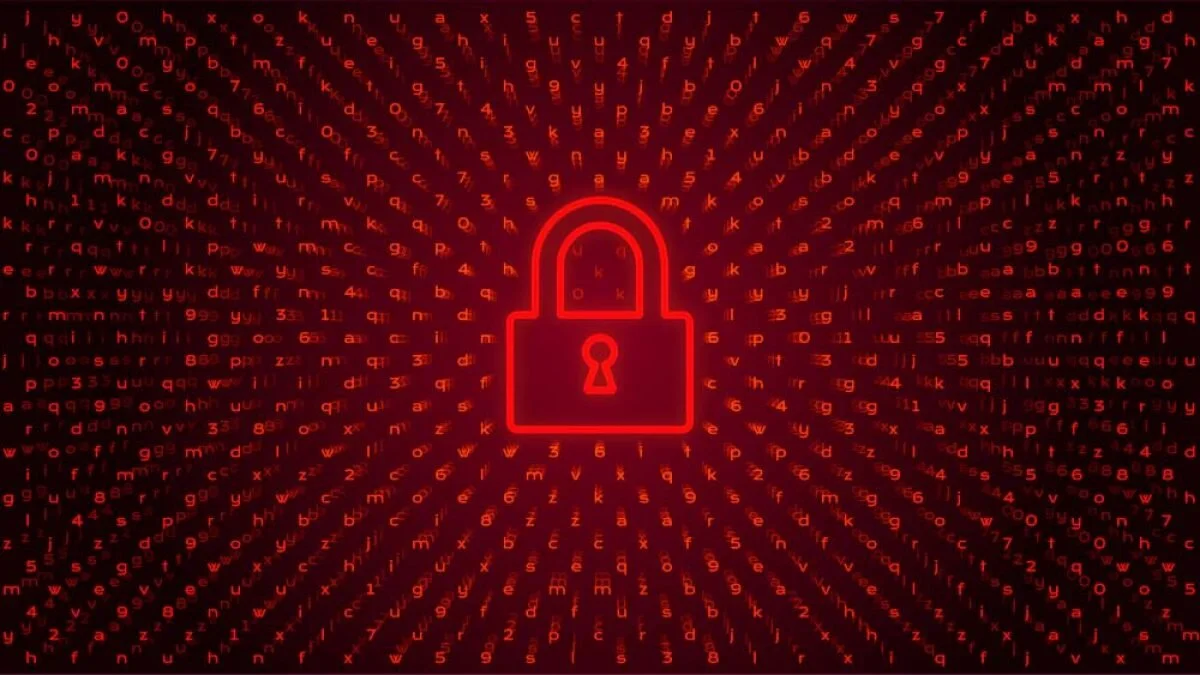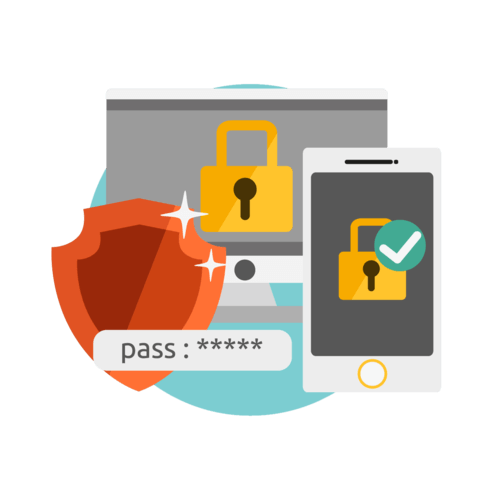The COVID-19 pandemic drove a massive increase in remote work. Post-pandemic, many organizations are planning to continue to support a remote workforce. However, the telework infrastructure that many companies put in place during the pandemic is not enough to maintain a secure remote workforce in the long term.
Read MoreHere at Kinetix, we have watched with great concern as ransomware attacks, and other cybersecurity-related threats, have continued to grow in frequency and severity. Just in the past week, the Colonial Pipeline incident disrupted access to critical energy resources for a large portion of the country and Ireland’s health service network was shut down in the middle of a pandemic due to a similar attack.
Read MoreIf you work at a startup or high-growth business, make sure your team knows how important DNS filtering solutions are. Read on to find out more about DNS filtering and how Kinetix can help you gain the protection you need to secure your most important assets and information from cyberattacks.
Read MoreImagine you've been asked to oversee your company’s new security program. So, you do your research, you chose and implement what you think are the right tools, and you hope that you've successfully protected your company from cybersecurity threats. Unfortunately, without actually putting the security measures to the test, your systems may still have vulnerabilities that you aren't even aware of. These are the weaknesses that hackers will inevitably find to sneak onto your network and steal sensitive data.
Read More“SOC” refers to System and Organization Controls. This is a valuable framework for assessing your organization’s data security. Being SOC 2 compliant shows that your business has a high standard for information security (and you have a certification to prove it!) This rigorous audit is performed by a third-party and covers many different aspects of data security, from access controls to disaster recovery plans — important measures, considering 97% of data breaches are preventable with basic tools!
Read MoreYour business is growing. With every new client you acquire and every sale you make, you move closer and closer to your goals — but you also have more data to manage. Like so many businesses today, you've made the switch to cloud-based computing to save storage space and boost your organization's efficiency. While all of this growth energizes your entire staff, don't get caught up in the moment just yet. Updated technology brings new threats — is your business prepared to meet its new enemies so you don't become the next victim of a cyberattack?
Read More"Data breach" is one of those terms you see in the news when an organization's data has been compromised. But, what does it actually mean? Finding out that your personal information was found in a data breach can be terrifying (it doesn’t need to be), uninteresting (it shouldn't be), or confusing (hopefully it won't be by the time you finish reading this). Plenty of services these days will alert you about your email address turning up in a database of stolen data but it’s important to understand what this means and what to do about it to protect yourself and/or your business.
Read MoreEvery morning at work seems to start off the same. You spend at least 5 minutes logging into every account you’ll need to get your job done. If you want this to go quicker, you might use the same, easy-to-remember password for every account — after all, you want quick and easy access to all your accounts. If you’ve prioritized the security of these accounts, each will be protected with a unique, complex password making the process take even longer (assuming you can remember them all). The most effective and simplest solution to this constant headache is to incorporate single sign-on (SSO) technology into your company’s workflow.
Read MoreMulti-factor authentication, or MFA, requires more than one step for users to log in to an account in order to improve security. Rather than just entering your password to log in, you’ll need to perform a second step to confirm your identity. You probably already use some form of MFA with your personal accounts. For example, you have to enter a PIN after swiping your ATM card, and often have to use a text or email verification code when you’re trying to log into an account on a new device.
Read More








